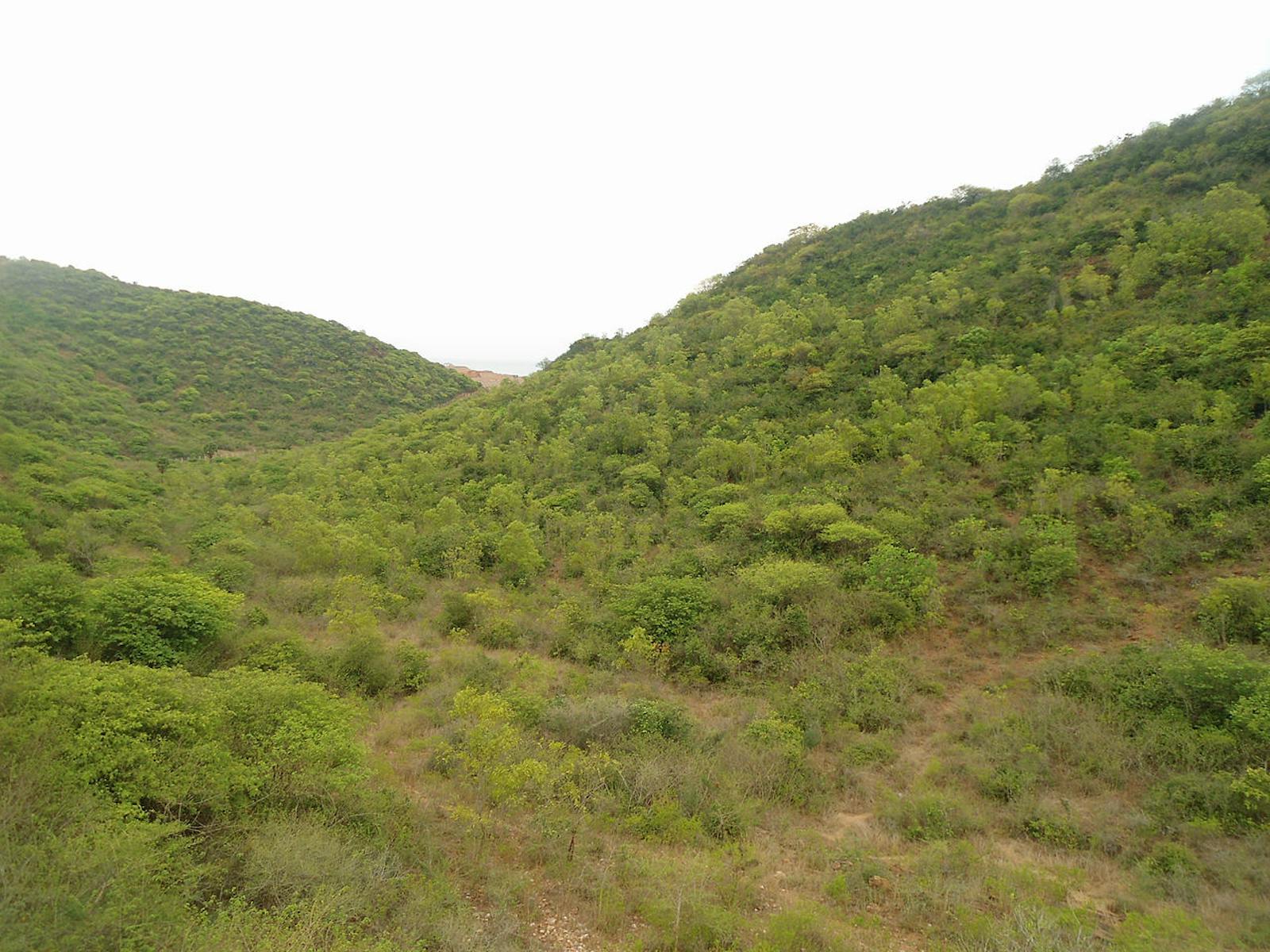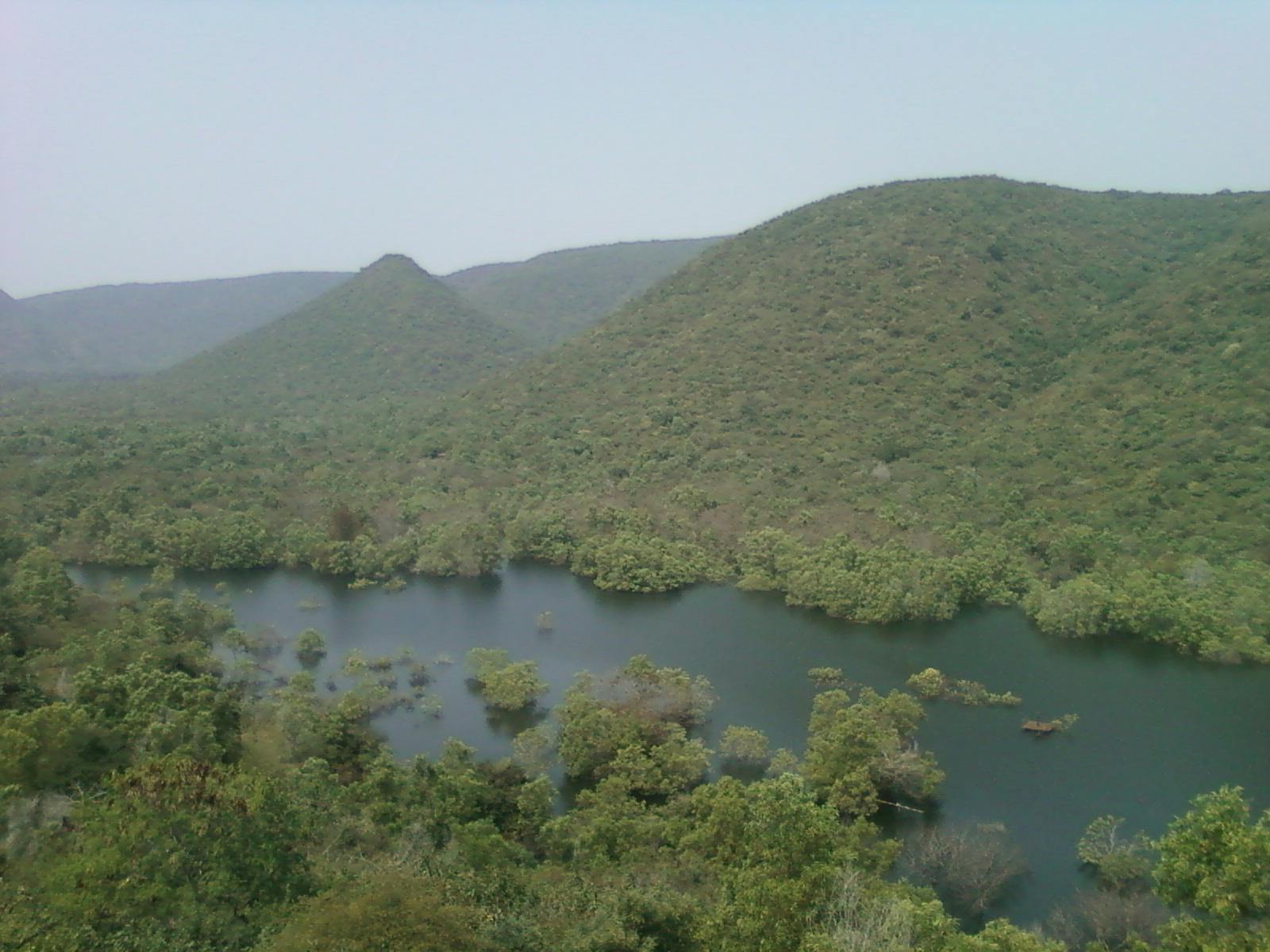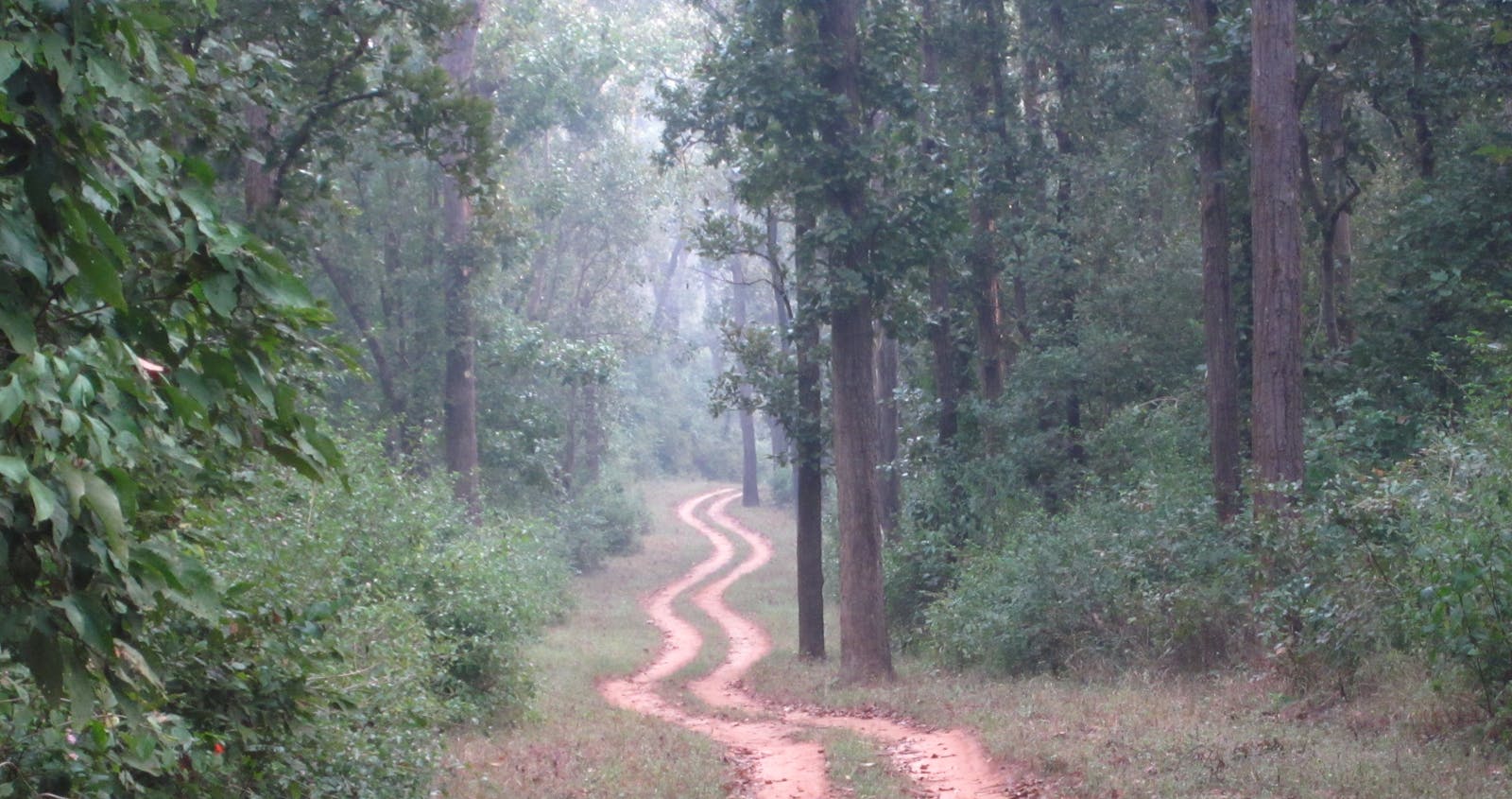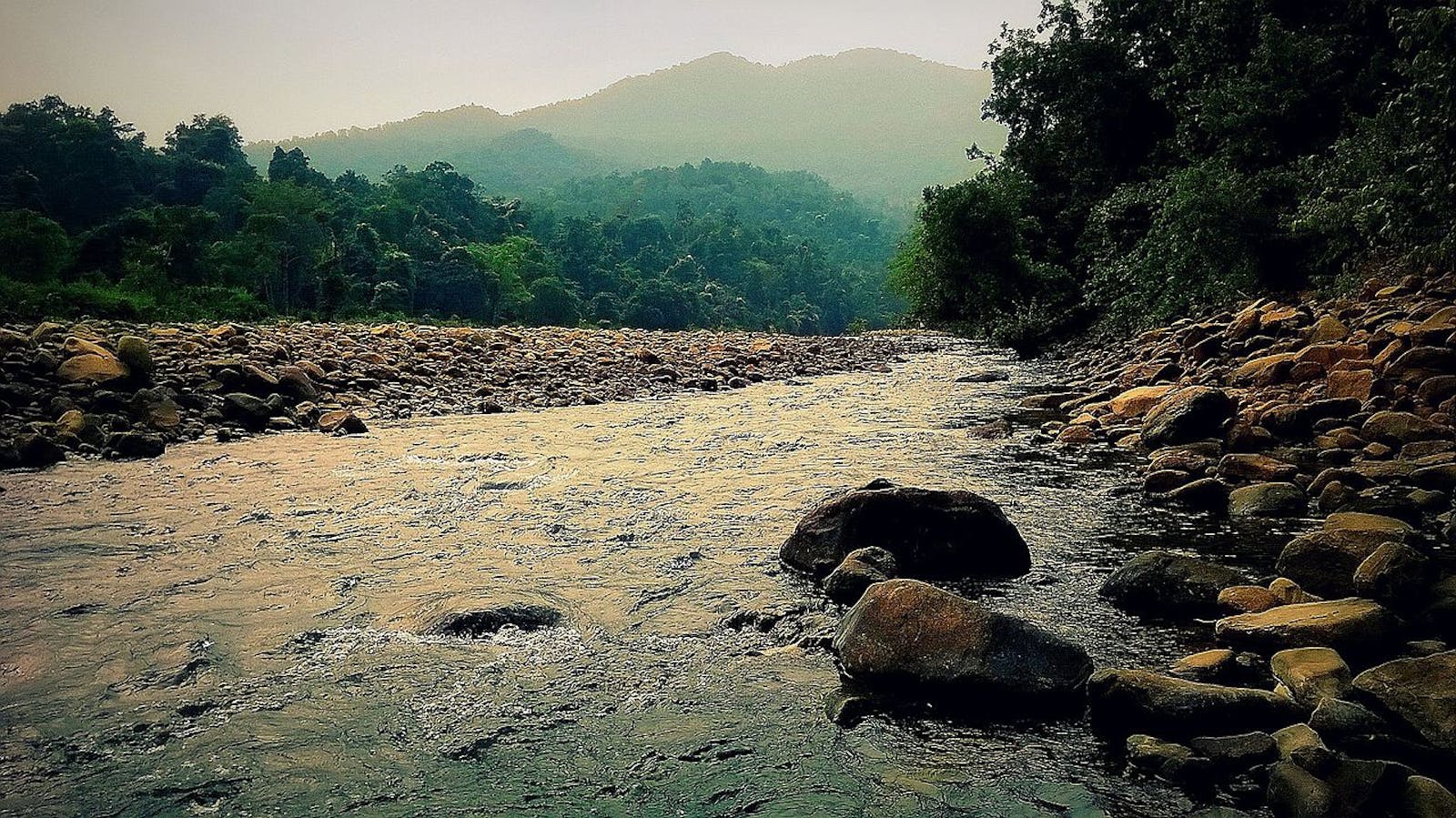East Deccan Moist Deciduous Forests
The ecoregion’s land area is provided in units of 1,000 hectares. The conservation target is the Global Safety Net (GSN1) area for the given ecoregion. The protection level indicates the percentage of the GSN goal that is currently protected on a scale of 0-10. N/A means data is not available at this time.
Bioregion: Northern Deccan & Odisha Tropical Forests (IM7)
Realm: Indomalaya
Ecoregion Size (1000 ha):
34,190
Ecoregion ID:
228
Conservation Target:
6%
Protection Level:
8
States: India
The ecoregion supports a remarkable assemblage of 10 ungulate species. The largest of them are the Indian bison or gaur, wild water buffalo, and blue bull or nilgai (an Asian antelope). Other antelopes include sambar deer, spotted deer, blackbuck, barking deer or muntjak with its distinctive dog-like bark, the smaller Indian gazelle or Chinkara, four-horned antelope or Chausingha, and Indian mouse deer, a species belonging to a primitive ungulate group dating back to the early Miocene era over 16 million years ago. The Indian mouse deer was “rediscovered” here in 2017 during a camera trapping survey, 112 years after it was first documented in 1905.
_MH_IndiaCC-Jenis%20Patel-2013_resized.jpg)
The flagship species of the East Deccan Moist Deciduous Forests ecoregion is the gaur. Image credit: Jenis Patel, Creative Commons
This discovery of the mouse deer attests to how little the biodiversity of this ecoregion is known. It also offers a clue to the paleo-biogeography of the region, which was once an ice-age refuge for mountain moist forest species that migrated from the Western Ghats Mountains along India’s west coast and from the Eastern Himalaya to the north. The complex landforms of the low hills along the northern Eastern Ghats mountains and the central Indian Satpura Range that fall within this ecoregion rise above 1,300 m to demarcate the northern boundary of the Indian Peninsula, and provide some relief to the otherwise featureless, flat Deccan Plateau.
The ecoregion receives about 1,000 mm of annual rainfall from the monsoons that sweep in from the Bay of Bengal. Thus, the forest vegetation is influenced by topography, soil, precipitation, and microclimates created by the complex landforms. The common trees that characterize the vegetation includes species of Shorea, Terminalia, Adina, Syzygium, and Toona.
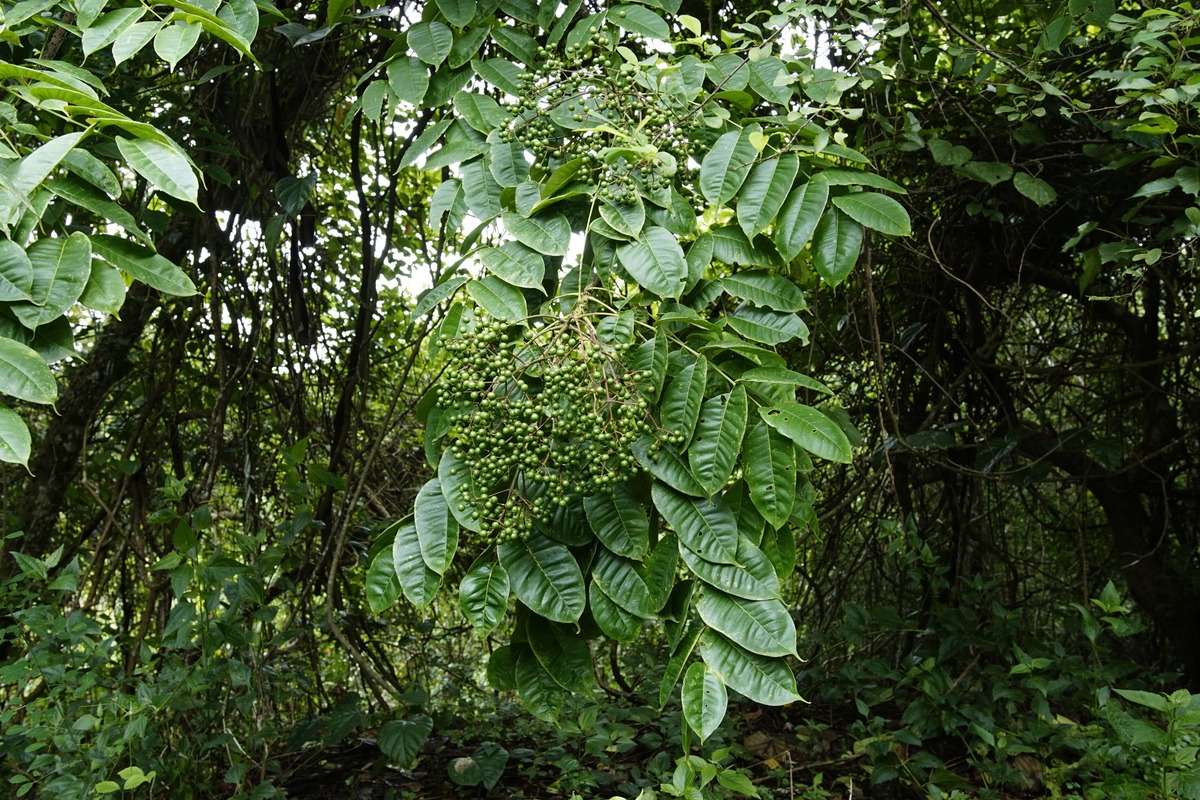
Zanthoxylum rhetsa. Image credit: Creative Commons
The large forest patches in the ecoregion make it a present-day refuge for many large vertebrates, such as tiger, Indian wolf, gaur, and sloth bear. Unfortunately, Asia’s largest terrestrial vertebrate, the Asian elephant, has been extirpated from this ecoregion.
More than 300 bird species are known from the ecoregion, including two threatened species: green avadavat and Pallas’s fish-eagle. The green avadavat or green munia, is endemic to central India. A small green and yellow bird with black stripes on the flanks and a bright beak, it was a popular cage bird. As a result, they have now been released in several areas in India, and have established isolated populations.
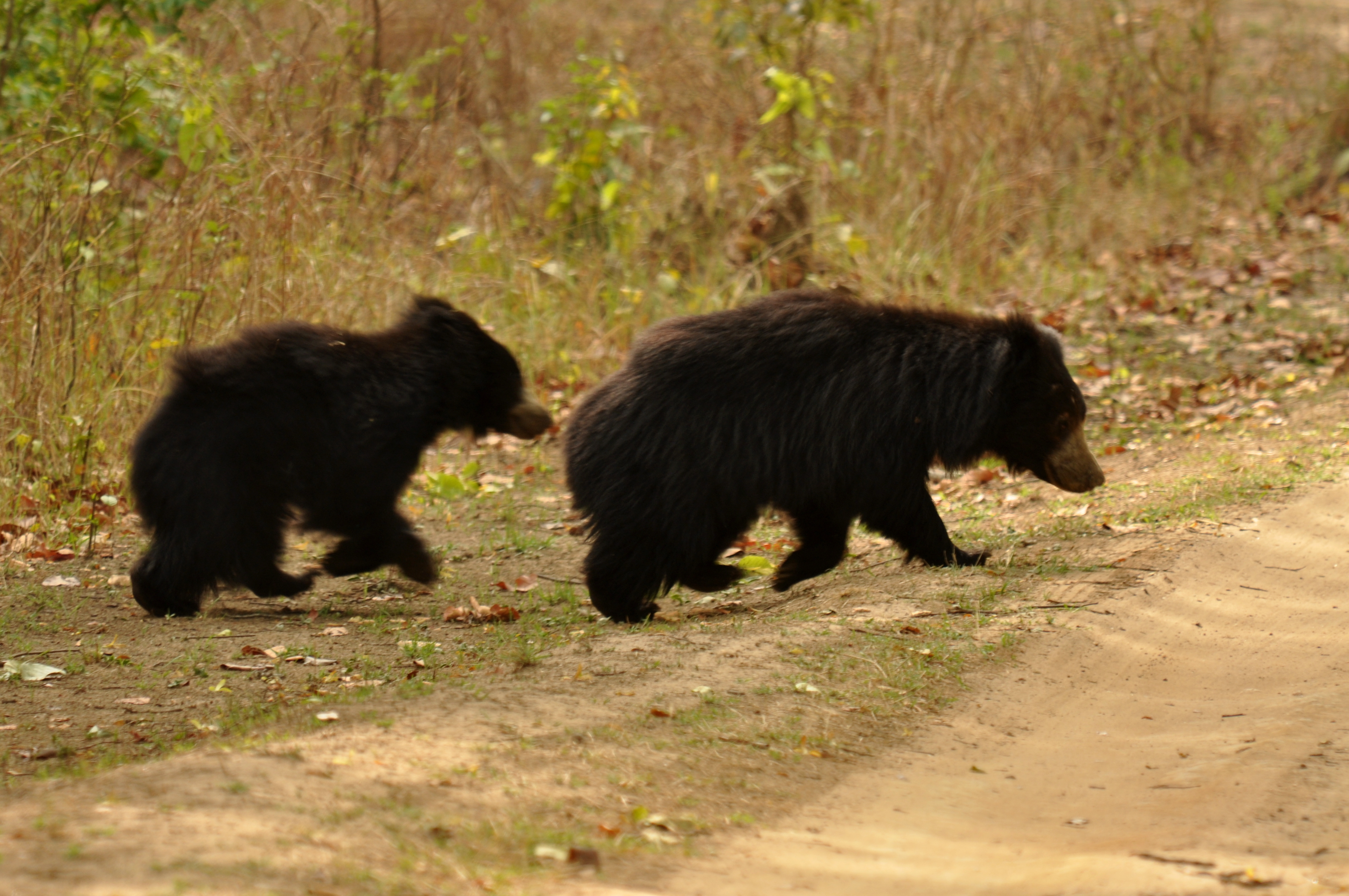
Sloth bear. Creative Commons, T R Shankar Raman.
Although about three-fourths of the natural forests of this ecoregion have been cleared, the remaining forests are in several large blocks that exceed 5,000 km2, with protected areas covering about 4% of the intact habitat. Some reserves are also quite large, and represent some of the best tiger reserves in India. For example, Simlipal National Park is over 2,000 km2, while Kawal, Indravati, and Kanha National Parks are each around 1,000 km2.
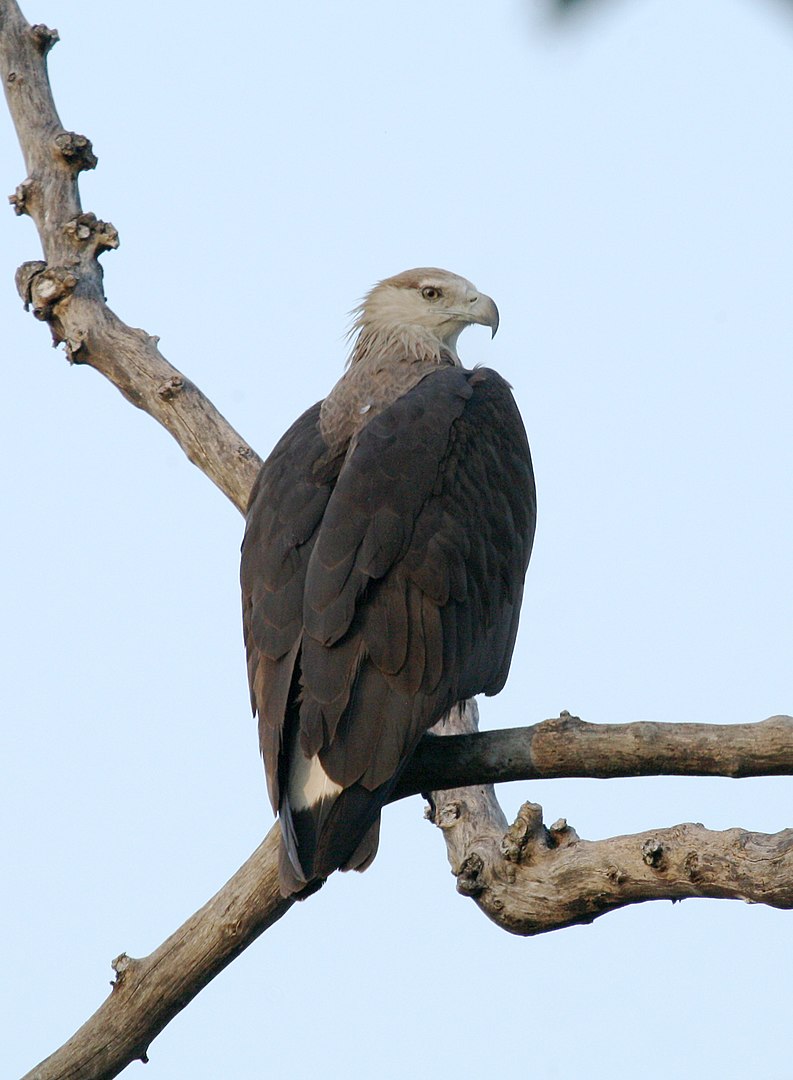
Pallas's fish eagle. Image credit: Dr. Raju Kasambe, Creative Commons
The primary threats to these remaining habitat blocks are quarrying, coal mining, large-scale clearing for agriculture, and hydroelectric projects. Shifting cultivation degrades the ecological integrity of the forests. Thus, the priority conservation actions are to: 1) secure the existing protected areas and habitat corridors connecting them to prevent further conversion and degradation and to manage large species as metapopulations; 2) protect the sacred groves that have been effective conservation areas for centuries from being converted and degraded; and, 3) consider options for promoting a more efficient agricultural system.
Citations
1. Dutta, T., Sharma, S., McRae, B.H., Roy, P.S. and DeFries, R., 2016. Connecting the dots: mapping habitat connectivity for tigers in central India. Regional Environmental Change, 16(1), pp.53-67.
2. Wikramanayake, E, E. Dinerstein, et al. 2002. Terrestrial Ecoregions of the Indo-Pacific: A Conservation Assessment. Island Press.
3. Pattanaik, C., Reddy, C.S. and Murthy, M.S.R., BIODIVERSITY RICH AREAS OF ORISSA: A NEED FOR CONSERVATION. Undated. Accessed from (25 Nov 2017) https://www.researchgate.net/profile/Sudhakar_Reddy_C/publication/259038067_Biodiversity_rich_areas_of_Orissa_A_need_for_conservation/links/02e7e5376c89345289000000.pdf
